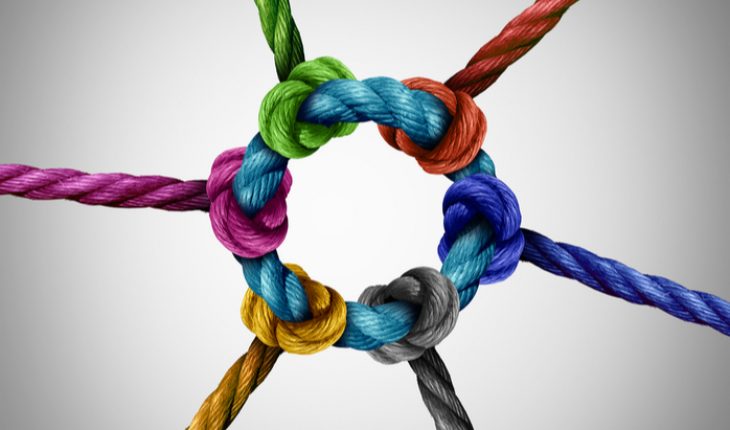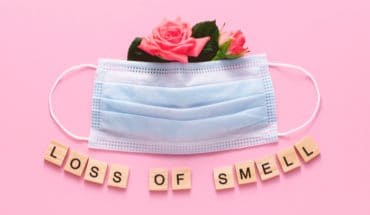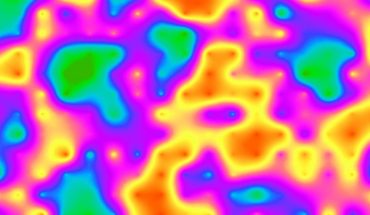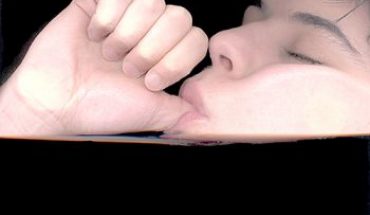Rebecca Wallersteiner takes a look at ‘Fully Connected’, Professor Julia Hobsbawm’s new book on how to stay sane in an Age of Overload.
“Twenty-five years after the arrival of the Internet we are drowning in data and deadlines. Humans and machines are in fully connected overdrive – and starting to become entwined as never before. In an Age of Overload, trying to absorb so much information and maintain a balance in our personal and professional lives has become too complex, dissatisfying and unproductive,” argues Professor Julia Hobsbawm in her fascinating new book, published by Bloomsbury. Over her thirty year career, Hobsbawm built many successful networks but noticed that the practices we use to cope with demanding schedules hark back to our industrial past and so are inadequate for the pace of our life today and our physical, mental and social health is suffering as a result.
She begins with the premise that much of what we think about healthy ways to live have not been updated any more than have most post-war modern institutions, which are themselves struggling in the twenty-first century. In 1946, the World Health Organisation defined ‘health’ as ‘a state of complete physical, mental and social well-being and not merely the absence of disease of infirmity.’ What we understood by ‘social’ in the middle of the last century now desperately needs an update.
In Fully Connected Julia Hobsbawn takes us on a journey – often a personal one, ‘from Telex to Twitter’ – to illustrate how the answer to digital deluge can come from devising management based systems which are both highly practical and yet intuitive, and which draw inspiration from the huge advances the world has made in tackling other kinds of health, specifically nutrition, exercise and mental well-being. Sometimes switching off is highly important: Hobsbawm personally follows a “weekly techno-Shabbat,” for digital detox.
“Society is underpinned and connected by a mosaic of networks. We do not even notice them most of the time,” writes Hobsbawm. Some networks are weak and fizzle out – this happened with the original outbreak of Ebola in 1976 because it was in a remote area and it was contained. “The internet structure is identical to epidemics – it is an endless network,” she argues. “All networks spread faster with an accelerant. In the case of HIV, it is unprotected sex, in the case of the Zika virus, it is the water on which mosquitoes breed. With Ebola the accelerant was people – just people being alive and connecting with each other.” The internet behaves in a similar way to the Ebola epidemic – quickly spiralling out of control. Both physical and virtual epidemics spread and persist.
Human networks flourish on information spread. Poor communication can prove deadly. The smaller charity Médecins Sans Frontières heard the warning bells of the danger of Ebola and urgently called for quarantine, soap and field hospitals before any of the larger health organisations. Their early warnings were initially almost ignored. Regional politicians believed that quarantining people exposed to Ebola would discourage people travelling to some of the world’s poorest countries. “What made Ebola spread from the relative confines of a remote village to the populous towns and cities is not just a cautionary tale about contagion. Ebola is the metaphor for our times: we are connected by social ties, by travel, by politics, by ritual and custom, by fear and by love,” explains Hobsbawme.
Our lives today are full of the cognitive dissonance caused by our computerized world which is programmed to be limitless and never to be switched off. Unlike computers we do not have infinite memory storage and time – we still have only 168 hours in the week, a number which has not changed since humans emerged from the swamps to make fire around 100,000 years ago.
Drawing on the latest thinking in health, neuroscience and social psychology, this book provides a large number of case studies and ideas to help anyone wanting to navigate through the rough seas of overload. Hobsbawm takes health as a metaphor for how we manage the spread and containment of modern connectedness. “Putting the right kind of behaviour around what we do on networks, using our knowledge and acting fast enough or slow enough, makes a big difference,” she advises.
The daughter of eminent Marxist historian Eric Hobsbawm, Professor Julia Hobsbawm is a leading expert on connectedness in modern life. A prominent entrepreneur, media commentator and international speaker she has emerged as a leading voice on the future of the workplace, particularly around social health and how scientific patterns underpin much of what we do on a daily basis. She became the first Professor in Networking in 2011 and was awarded an OBE in The Queen’s Birthday Honours List in 2015.
Fully Connected: Surviving and Thriving in an age of Overload, by Professor Julia Hobsbawm, OBE: published by Bloomsbury, April 2017
- People’s Choice Victory for Down’s Syndrome Scotland Garden at Chelsea 2025 - 28th May 2025
- Cadogan: A Chelsea Family By Tamsin Perrett - 3rd May 2025
- Dream Worlds a new exhibition in Cambridge - 14th December 2024






